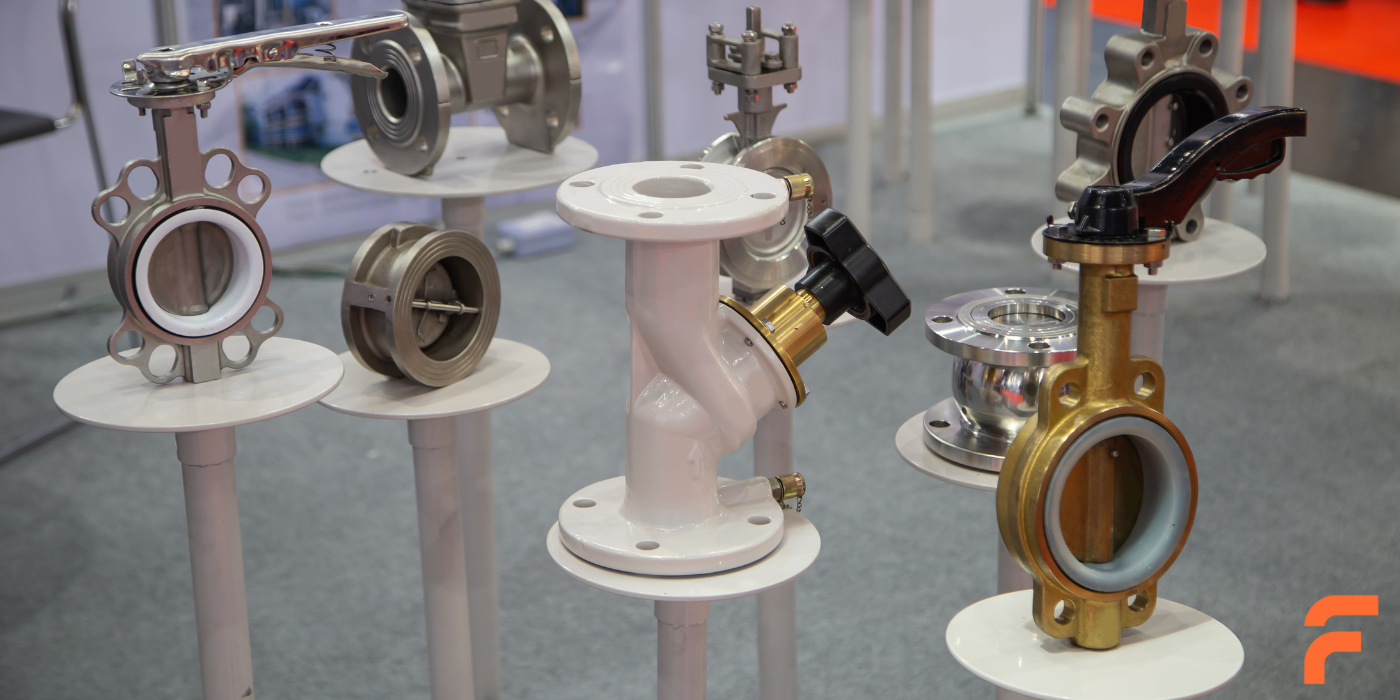In the realm of foundry work, achieving optimal mechanical properties and machinability in cast irons is crucial. Inoculation in cast irons is a key process that plays a significant role in controlling the graphite structure and enhancing the quality, specifically ductile and grey iron.
Why Inoculate?
Inoculation in cast irons serves several primary purposes:
- Control of Graphite Structure: Ensuring the graphite in the iron forms in a desirable shape and distribution.
- Reduction of Chill/Carbide: Minimizing the formation of hard carbides and chill that can adversely affect the iron’s properties.
- Reduction of Section Sensitivity: Enhancing uniformity across different sections of the casting.
Methods of Inoculation in cast irons
Inoculation can be carried out using different methods, each suitable for specific requirements:
- Ladle Inoculation: Adding inoculants directly into the ladle during the transfer of molten iron.
- In-Stream Inoculation: Introducing inoculants into the metal stream as it is poured.
- In-Mould Inoculation: Placing inoculants directly into the mould before pouring the molten iron.
Types of Inoculants
The choice of inoculants is critical for achieving the desired effects. Common inoculants include:
- Ferrosilicon (FeSi): The base material for most inoculants, often enhanced with elements like Al, Ca, Ba, Mn, Zr, Sr, and Bi to improve effectiveness.
- Calcium (Ca): Helps in controlling pinholing and improving chill reduction.
- Barium (Ba): Offers good fade resistance and minimizes chill formation.
- Strontium (Sr): Effective in reducing shrinkage tendencies and improving nodule shape in ductile irons.
- Rare Earths (Ce/La): Useful for low sulfur content grey irons.
Case Studies and Practical Applications
Case Study 1: Effect of Low Sulfur on Ductile Iron Microstructure
- Problem: Low nodule count and presence of carbides.
- Cause: Low sulfur content in base metal.
- Solution: Increasing sulfur content and inoculation with FeSi.
- Result: Improved nodule count, elimination of carbides, and no porosity.
Case Study 2: Inoculation at Low Temperatures
- Problem: Excessive chill depth on the surface of continuously cast bars.
- Solution: Changing inoculant to FeSi with added Ba and Mn.
- Result: Reduced chill depth and consistent nodule count and shape.
Optimizing Inoculation
To achieve the best results, it is essential to:
- Determine the Exact Quantity of Inoculant: Balance between enough inoculant to achieve desired properties and avoiding over-inoculation which can cause defects.
- Consider Factors Affecting Fade Times: Type of furnace, charge composition, recarburiser type, pouring temperature, and holding time before inoculation.
- Tailor Inoculant Size and Shape: Customizing inoculant characteristics to the specific needs of the foundry can result in cost savings and improved iron quality.
Conclusion
Inoculation is a vital process in the production of high-quality ductile and grey iron castings. By understanding the various methods, types of inoculants, and practical applications, foundries can significantly enhance the mechanical properties and machinability of their cast irons. Implementing tailored inoculation practices based on the specific requirements and conditions of the foundry will ensure the production of superior cast iron components.






